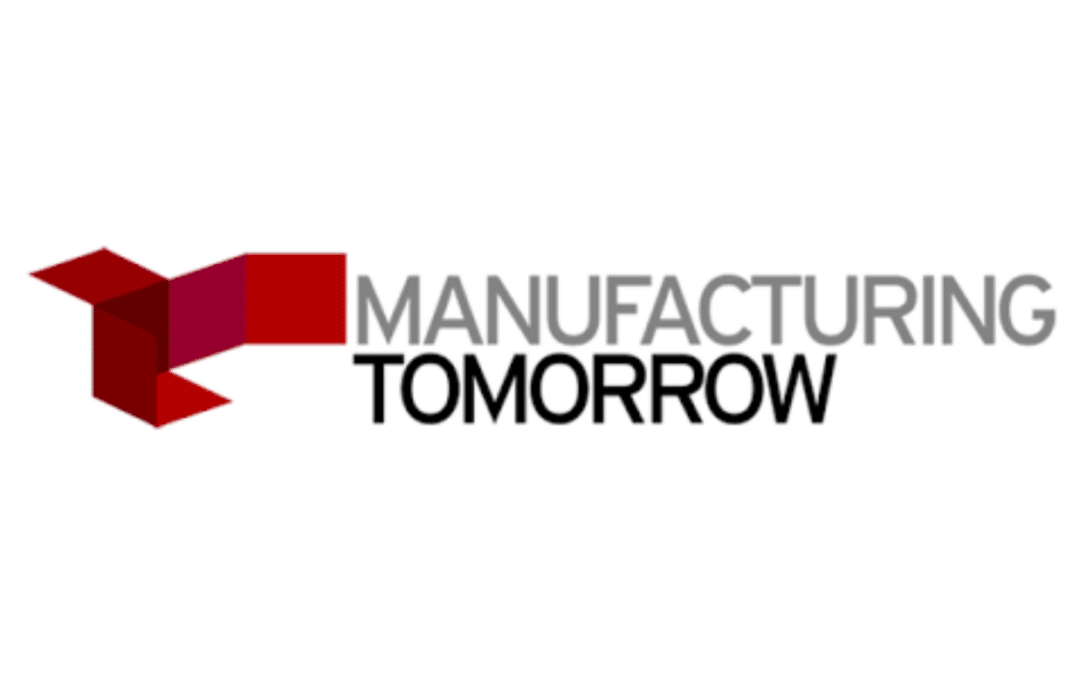One of the biggest pain points in the manufacturing industry is that most processes are not instrumented, resulting in upwards of 75% of digital blind spots. This lack of visibility on the shop floor leaves manufacturers without a complete data picture to make strategic decisions. Thanks to the AI revolution, many organizations have begun to implement automation technologies within their systems to increase operational efficiencies. However, manufacturers are only using a small portion of available data to feed their AI systems. This is problematic because AI will be given a skewed data set, which will significantly increase bias and alter outputs. Without a comprehensive data set, AI is not used to its full potential to enhance operational efficiency and predict outcomes.
To solve this issue, IIoT asset tracking and digital twins can fill manufacturing blind spots with critical data and analysis required to make better and more profitable production decisions. By doing so, businesses can ensure digital transformation success and create a complete dataset for their next generation AI initiatives. This will improve yield, profitability, and compliance while decreasing waste, maintenance and energy consumption throughout the value chain.
The First Step: Asset Management
Streamlining asset management processes is a significant challenge for manufacturers due to its crucial role in maintaining government-owned and company-owned assets as mandated by the Federal Acquisition Regulation. Asset custodians and analysts maintain records for dispersed asset items across domestic and international facilities. Companies integrate asset management databases into their Enterprise Resource Planning (ERP) systems to simplify asset management, using bar-coded asset tags for identification and location tracking. However, the manual process of updating records when items are relocated presents significant challenges, consuming time leading to errors and compliance issues.
To overcome these hurdles, organizations need innovative solutions that leverage digital tracking advancements. Automation and AI can optimize operations, ensuring accuracy and efficiency while eliminating human error and freeing up those resources for other uses. Using advanced tracking technology, active beacons can transmit continuous information, which is captured by strategically positioned gateways. The data integrates seamlessly into ERP systems, accurately determining the locations of asset items in real-time, eliminating manual tracking. Integrating an automated location-tracking system with ERP asset management databases ensures synchronization between physical movement and records. Location changes are automatically reflected and contextualized to improve reporting on decision-making. This enhanced approach to asset management brings numerous benefits, including increased operational efficiency, enhanced regulatory compliance, eliminating human error, and improving transparency and accountability through accurate and up-to-date records.

